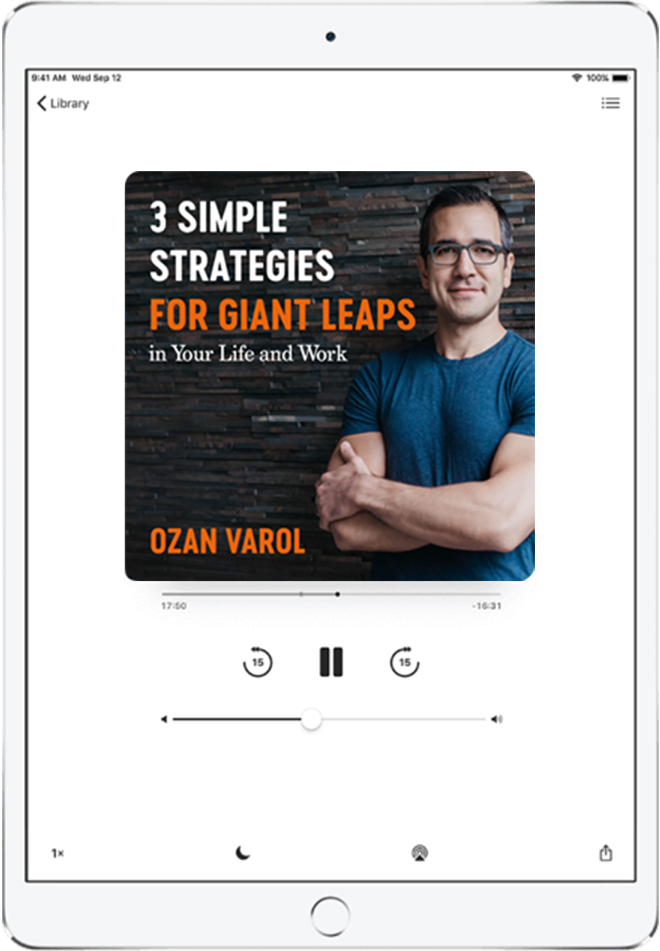As children, we’re taught to put things in two buckets: good and bad.
Brushing your teeth and washing your hands are good. Strangers offering us rides in a sketchy white van are bad. As T.C. Chamberlain writes, “From the good, the child expects nothing but good; from the bad, nothing but bad. To expect a good act from the bad, or a bad act from the good, is radically at variance with childhood’s mental methods.”
This oversimplification helps us make sense of the world as children. But as we mature, we fail to outgrow this misleading theory. We continue to believe, as Isaac Asimov writes, “everything that isn’t perfectly and completely right is totally and equally wrong.” We go around trying to fit square pegs into round holes, pigeonholing things—and people—into neat categories to create the satisfying, but misleading, illusion of having restored order to a disorderly world.
Over time, our beliefs in a black-and-white world begin to blend into our identity. Your belief in Crossfit makes you a Crossfitter, your belief in climate change makes you an environmentalist, and your belief in primal eating makes you Paleo. When our beliefs and our identity are one and the same, changing our mind means changing our identity—which is why disagreements often turn into existential death matches.
Which brings me to the title of this article. “The test of a first-rate intelligence,” F. Scott Fitzgerald once said, “is the ability to hold two opposed ideas in mind at the same time and still retain the ability to function.” It’s the rare person who can entertain a thought without accepting it—particularly where that thought runs counter to a fundamental belief.
Even brainiacs can have a hard time considering multiple viewpoints without their head exploding. For centuries, the scientific community was split into two camps, with one camp believing that light is a particle, like a mote of dust, and others arguing that it’s a wave, like the ripples in water. It turned out both camps were right (or wrong, depending on how you view it). Light straddles these two categories and exhibits the properties of both a particle and a wave.
What behaves like both a particle and a wave in your life? Can you believe that your job is important, but that it doesn’t matter at all in the grand scheme of things? Can you acknowledge that your preferred diet of choice is right for some people, but wrong for others? Can you believe that you’re in control of your life, but that everything happens for a reason? Can you think that your least-favorite politicians are demagogues, but that, in their heart of hearts, they’re actually doing what they think is best?
The Large Hadron Collider is a 17-mile particle accelerator that smashes together subatomic particles called hadrons. Their collision has been described as “less of a collision and more of a symphony.” When hadrons collide, they actually glide through each other, and “their fundamental components pass so close together that they can talk to each other.” If this symphony plays out the right way, the colliding hadrons “can pluck deep hidden fields that will sing their own tune in response—by producing new particles.”
The same idea applies to thoughts.
If you can hold conflicting thoughts in your head and let them dance with each other, they’ll produce a symphony that will bring out additional notes—in the form of new ideas—far superior to the original ones.
But it takes a willingness to let our guard down and make room in our mind for the seemingly controversial.


